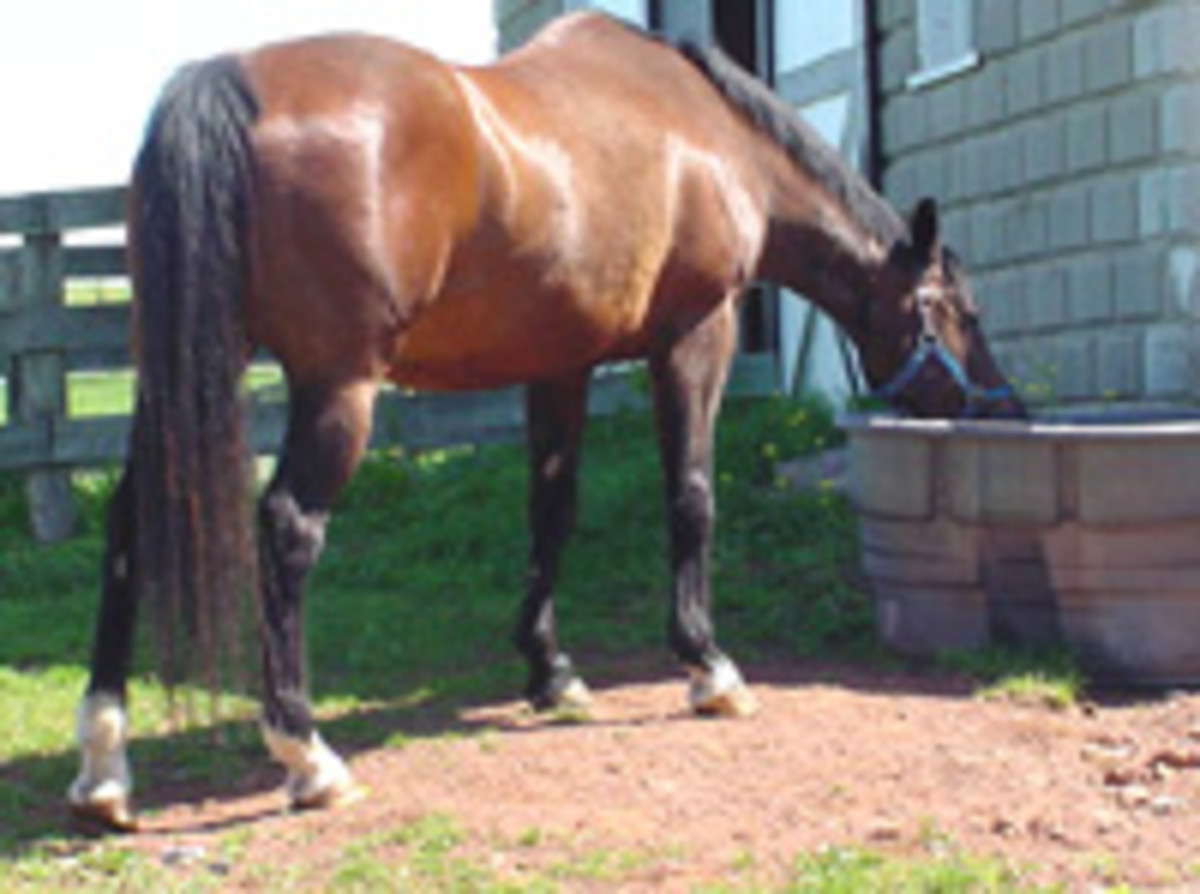Home > Horse Care > Preventative Care > Simple ways to prevent strangles
Simple ways to prevent strangles
- July 25, 2019
- ⎯ Editors of EQUUS

Good barn management is essential to maintaining a strangles-free zone. High-traffic barns need safeguards to make sure new arrivals are not infected (including horses coming back from shows, community trail rides and so forth).
The best plan is to isolate arriving or returning horses for a week — or preferably two weeks — in a paddock or box stall before mingling them with the general population. Have your veterinarian take nasal swabs from the newcomers and send them to a diagnostic laboratory for analysis. Check the horses carefully for signs of disease during this period.
If you are traveling with your horse and boarding at a guest facility, ask discreetly if strangles has cropped up there. Avoid putting a horse in a stall that has a history of S. equi.
Water is a particularly common source of strangles transmission, experts say. Mark Secor, DVM, of San Juan Capistrano, California, reports that most cases of strangles in his practice “are brought into a stable by a horse who has attended a community ride.”
Any time you let your horse drink from a communal source of water, where different horses have been drinking or where different owners have possibly dipped contaminated buckets and bits, Secor says, you run a high risk that your horse is going to come back to the barn with S. equi. His advice: “Always bring your own water to a ride, if at all possible.”
This excerpt originally ran in the article, “Coming to Grips with Strangles,” in EQUUS 255, January 1999.





